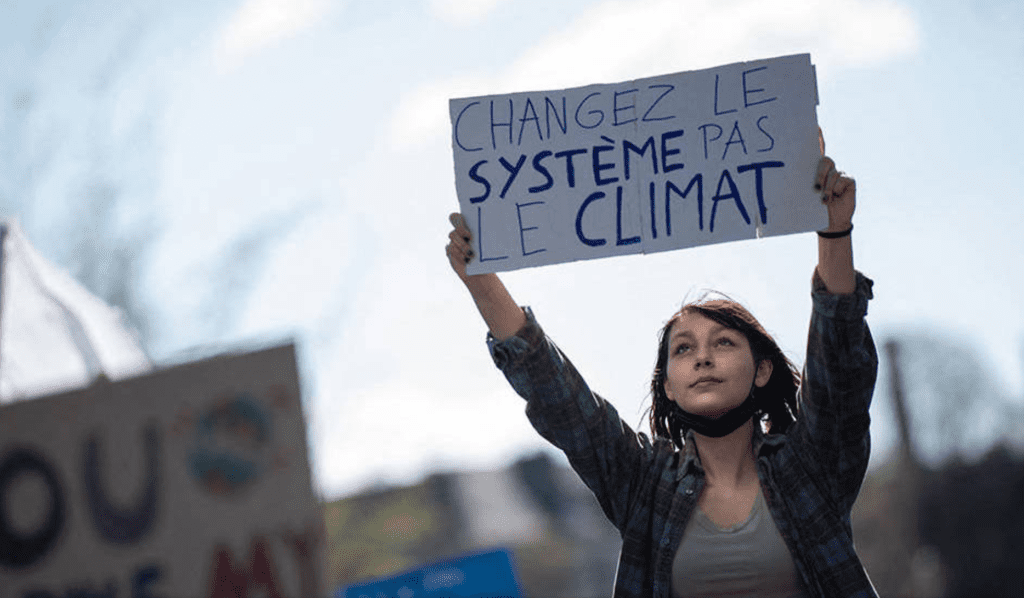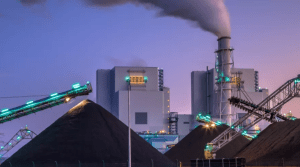Keywords: Solar Geoengineering, Climate Change, Stratospheric Aerosol Injection, Climate Models, Fossil Fuels, Global Warming

Introduction
Climate change is an increasingly alarming threat that poses severe consequences to all life on Earth. As global temperatures rise and the impacts become more devastating, the race to find effective solutions intensifies. While reducing fossil fuel reliance is a widely accepted mitigation strategy, another controversial approach has entered the conversation – Solar Geoengineering.
Solar geoengineering, a subset of climate engineering, proposes to lower the Earth’s average temperature by reflecting sunlight back into space. However, this proposition, although technologically intriguing, is surrounded by considerable scepticism and concern.
The Allure and Apprehension of Solar Geoengineering
The concept of solar geoengineering seems like something straight out of a science fiction novel. It involves methods such as Stratospheric Aerosol Injection (SAI), which aims to release aerosols into the upper atmosphere to reflect sunlight back into space, consequently reducing surface temperatures.
The increasing attention towards such strategies might seem alarming, especially considering wealthy philanthropists’ interests and even research funding from the White House. However, many experts have stark warnings about this approach, voicing that it could be a recipe for disaster rather than a viable solution to our climate crisis.
The Drawbacks and Dangers of Solar Geoengineering
Contrary to what advocates of solar geoengineering might suggest, it is impossible to precisely control Earth’s thermostat. While the allure of a ‘quick-fix’ might be enticing, we should consider the guidance of authoritative entities such as the Intergovernmental Panel on Climate Change (IPCC), which has issued warnings against considering solar geoengineering as a credible solution.
Climate models indicate that attempting to mask global heating with sunlight reduction could drastically alter atmospheric circulation and rainfall patterns. Countries already experiencing severe climate-related events, such as storms, droughts, and fires, could face even more pronounced effects.
Conclusion: There is No Substitute for Reducing Fossil Fuel Use
Solar geoengineering, while technologically fascinating, is not a sound or dependable solution for mitigating the climate crisis. Its potential risks and unpredictable outcomes outweigh the temporary relief it might provide. The underlying issue, the uncontrolled burning of fossil fuels, must be addressed head-on.
The consensus among climate experts is clear: there is no substitute for phasing out fossil fuels. Attempting to substitute real solutions with risky and unproven methods like solar geoengineering will only delay necessary action and potentially worsen the climate crisis.
Do you have any thoughts on the implications of solar geoengineering, or do you have questions about other potential solutions to the climate crisis? Please leave a comment below and let’s continue this vital conversation. Remember, the only path to a sustainable future is through informed dialogue and decisive action.







